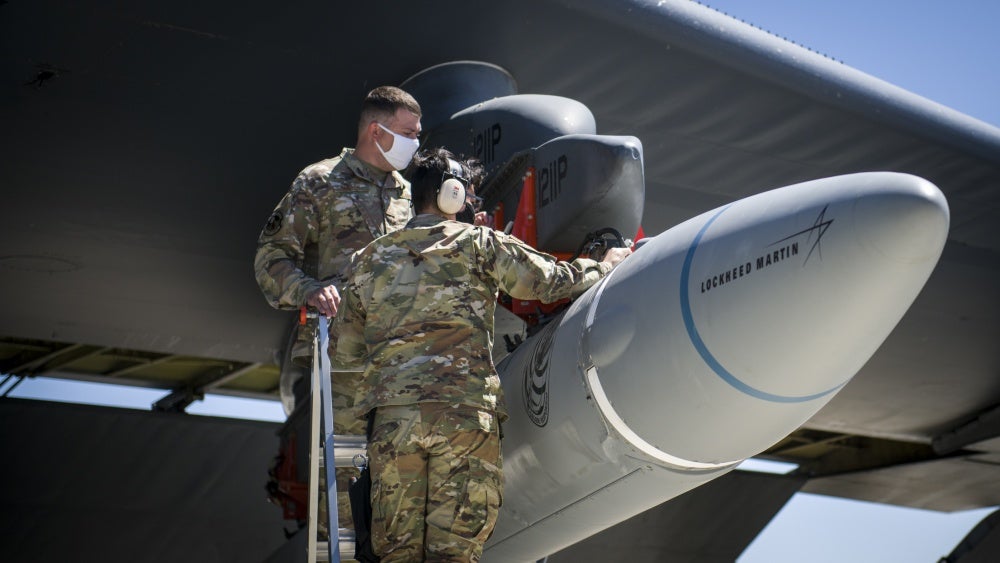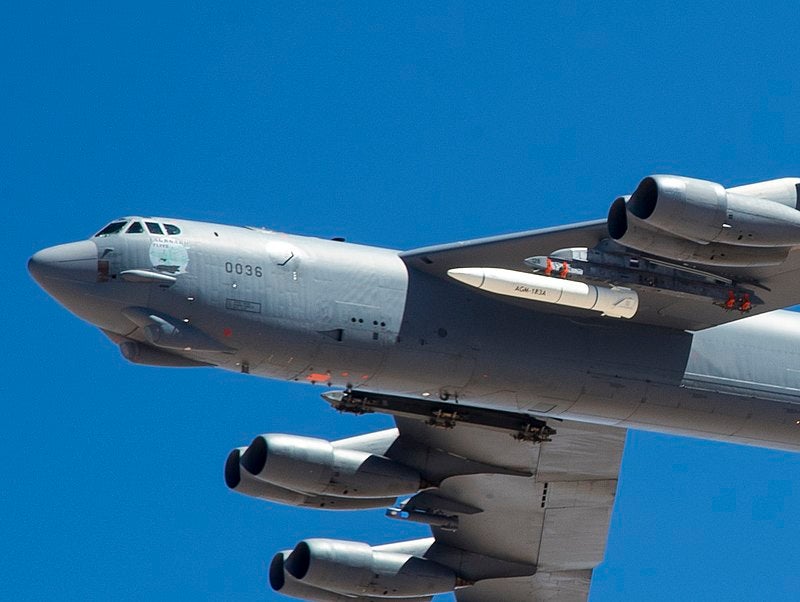The US Air Force’s ARRW Hypersonic Weapon Won’t Proceed Past Testing
The United States Air Force’s top acquisition official has said that the Air Force will end its AGM-183 Air-Launched Rapid Response Weapon program after test flights of the last two developmental hypersonic missiles conclude.
In testimony prepared for his appearance before the House Armed Services Committee’s tactical aviation panel on March 29, Assistant Secretary of the Air Force for Acquisition, Technology and Logistics Andrew Hunter wrote that the Air Force “does not currently intend to pursue follow-on procurement” of the ARRW. The Lockheed Martin-developed missile was not discussed during the hearing.
However, Hunter wrote that “there is inherent benefit to completing All-Up Round (AUR) test flights… to garner the learning and test data that will help inform future hypersonic programs and potential leave-behind capability”. The Air Force’s fiscal year 2024 budget request includes $150.3 million in funding to “complete” the ARRW program through “contract closeout,” finalization of documentation and analysis, “and activities to support the leave-behind capability.”
Hunter’s testimony came a day after Air Force Secretary Frank Kendall said that the Air Force had shifted its focus to the Hypersonic Attack Cruise Missile, a smaller “air-breathing” hypersonic weapon intended to be capable of being launched from fighter aircraft. On March 28, Kendall told the House Appropriations Committee that “we’re more committed to the HACM at this point in time than we are to ARRW”.

Kendall’s remarks followed a March 13 test of an operationally configured ARRW that he described as “not a success”, with program engineers “trying to understand what happened”. In a March 24 statement announcing the test, the Air Force said that the test had met “several of the objectives”, but did not provide further details.
A Lockheed Martin Missiles and Fire Control spokesperson told Air & Space Forces Magazine that the company “remains committed to developing hypersonic technology on an accelerated timeline to meet this critical national security need. Through flight test discoveries, and with our applied learning, we will continue to further hypersonic capabilities”.
The ARRW program had been launched in 2018 as a “mid-tier acquisition”, skipping some bureaucratic steps in order to rapidly deliver a working missile within five years. The aggressive program schedule had been championed by Dr. Will Roper, then the Air Force’s acquisitions chief, as part of a push for more rapid development and acquisition during his tenure. Notably, Dr. Roper claimed that the ARRW would make its first powered flight test by the end of 2020. This milestone was only reached in May 2022, after a series of three failed booster flight tests throughout 2021.

